Experiencing flickering lights can be both frustrating and concerning, especially after investing in a beautiful home renovation. Pot lights, also known as recessed lighting, are popular choices for modern interior renovations due to their sleek appearance and effective illumination. However, when pot lights start flickering, it can detract from the aesthetic and ambiance of your newly renovated space. Let’s explore the common reasons behind flickering pot lights and what you can do about it.
Faulty Installation
One of the most common reasons for flickering pot lights is faulty installation. During a home renovation, it’s tempting to opt for budget-friendly installation services. However, electrical work should always be completed by a licensed professional, not simply a handyman offering a deal. Faulty wiring or poor installation techniques can lead to flickering lights or, worse, create electrical hazards in your home. Hiring an experienced general contractor ensures that your interior renovation meets safety standards and functions properly, providing peace of mind and reliable lighting.
Bulb and Switch Incompatibility
Another frequent cause of flickering pot lights is incompatibility between the bulb and the dimmer switch. Modern LED pot lights require compatible dimmer switches to operate smoothly. A reputable general contractor working with a licensed electrician understands the nuances of lighting systems. They can ensure compatibility between your bulbs and switches from the outset, preventing flickering issues and ensuring your interior renovation shines as intended.
Poor Quality Bulbs
When planning your home renovation, it’s important not to overlook bulb quality. Choosing low-cost offshore bulbs might initially seem like a smart financial decision, but these products often perform poorly, resulting in flickering lights and frequent replacements. Investing in high-quality bulbs, such as those offered by brands like Liteline, ensures a smooth, flicker-free lighting experience. Premium brands typically come with lifetime warranties, highlighting their durability and reliability—ideal attributes for any interior renovation.
Electrical Load Issues
Flickering pot lights can also be symptomatic of an overloaded electrical circuit. Appliances like dishwashers and sump pumps, which use large motors, can draw significant amperage when starting their cycles. This sudden surge can temporarily affect lighting circuits, causing lights to flicker. Although typically brief, these occurrences can become frequent and annoying if not addressed.
An experienced general contractor knows how to design electrical circuits properly, separating heavy-load appliances from lighting circuits. By placing dishwashers, sump pumps, and other high-demand appliances on dedicated circuits, they prevent the electrical surges that result in flickering lights. While not always a mandatory building code requirement, reputable contractors, such as D2 Build, adopt this practice to ensure optimal electrical performance and client satisfaction during any home renovation project.
Prevention and Solutions
Prevention is key when it comes to flickering pot lights. Ensuring correct and professional installation, selecting compatible bulbs and switches, and properly segregating electrical circuits are essential steps during your interior renovation planning. Engaging with a qualified general contractor can mitigate these common problems before they arise, saving you time and unnecessary stress.
If you’re already experiencing flickering pot lights, don’t hesitate to consult D2 Build immediately. A licensed electrician working with your general contractor can quickly identify and resolve issues. Whether the solution involves updating your dimmer switch, replacing bulbs, or rewiring portions of your home’s electrical system, prompt action ensures your home remains both safe and visually appealing.
Enhance Your Home Renovation
Pot lights add elegance and functionality to your home renovation, but flickering lights undermine these benefits. Understanding the causes—from faulty installation and bulb incompatibility to electrical load management—equips you to make informed decisions for your next interior renovation. By collaborating with a knowledgeable general contractor and using quality products, you can avoid common pitfalls and enjoy beautifully lit, flicker-free spaces for years to come.







